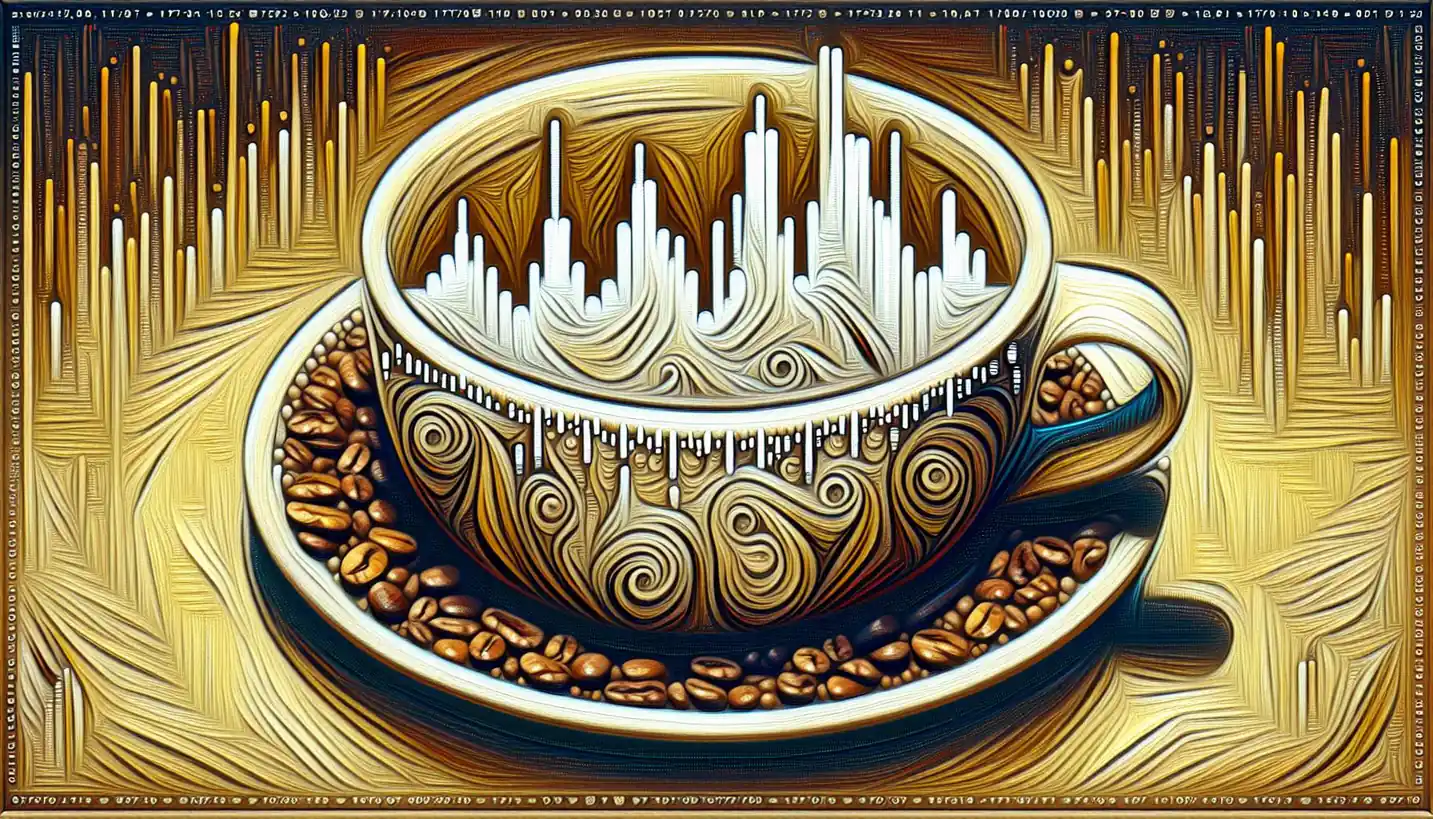· Economics · 3 min read
Market Structure: Understanding the Framework of Economics
Market structure defines economics’ framework, influencing competition and pricing. Discover the different types and their impact on market behavior.

When you hear the term “market structure,” it might sound like something best left to economists and their textbooks. But in reality, market structure is a concept that shapes our everyday lives, influencing the prices we pay for goods, the choices available to us, and even the quality of products we use. It’s a framework that helps us understand how different markets are organized, who holds the power in these markets, and how that power impacts consumers and producers alike.
What is Market Structure?
Market structure refers to the characteristics and organization of a market, often defined by factors such as the number of firms in the market, the level of competition, and the distribution of market power among these firms. Think of it like the blueprint of a market that dictates whether a few firms or many are competing and how they interact with each other.
In economics, market structures are commonly categorized into four main types: perfect competition, monopolistic competition, oligopoly, and monopoly. Each of these structures has its own unique traits and features, which can affect business strategies and consumer choices.
Perfect Competition: The Ideal Market?
Let’s start with perfect competition, a market structure that many economists consider the ideal model. Imagine a bustling farmers’ market on a sunny Saturday morning. There are countless vendors, each selling fresh produce, and all offering similar prices for their fruits and vegetables. Buyers have many choices, and sellers are competing for their attention.
In perfect competition, there are many buyers and sellers, and no single entity can control the market price. Products are homogeneous, meaning they are identical and thus interchangeable. This environment leads to maximum efficiency, benefiting both consumers with lower prices and firms with streamlined operations. However, perfect competition is more of a theoretical benchmark rather than a common reality, as it’s rare to find markets where all these conditions exist.
Monopolistic Competition: Differentiation is Key
Moving on to monopolistic competition, think of it as a crowded coffee shop scene in a big city. Each coffee shop is offering a different experience—whether it’s the ambiance, a special blend, or customer service. While they all sell coffee, they differentiate themselves to attract customers.
In this market structure, businesses compete by differentiating their products rather than pricing alone. With a large number of sellers, each firm has a slight edge due to its unique offerings. This leads to a variety of choices for consumers but can also mean slightly higher prices compared to perfect competition.
Oligopoly: The Power of Few
Now, imagine the telecommunications industry. In many countries, just a handful of companies dominate this market. This is what we call an oligopoly—a market structure where a small number of firms control a large portion of the industry.
Firms in an oligopoly can significantly influence prices and output. They often keep a close eye on each other’s actions, leading to what’s called “interdependent decision-making.” While this can lead to stable prices, it can also stifle innovation due to limited competition. Sometimes, these firms may even engage in collusion—where they agree to set prices—which can harm consumers by keeping prices artificially high.
Monopoly: One Ruler to Rule Them All
When you hear “monopoly,” you might picture an


